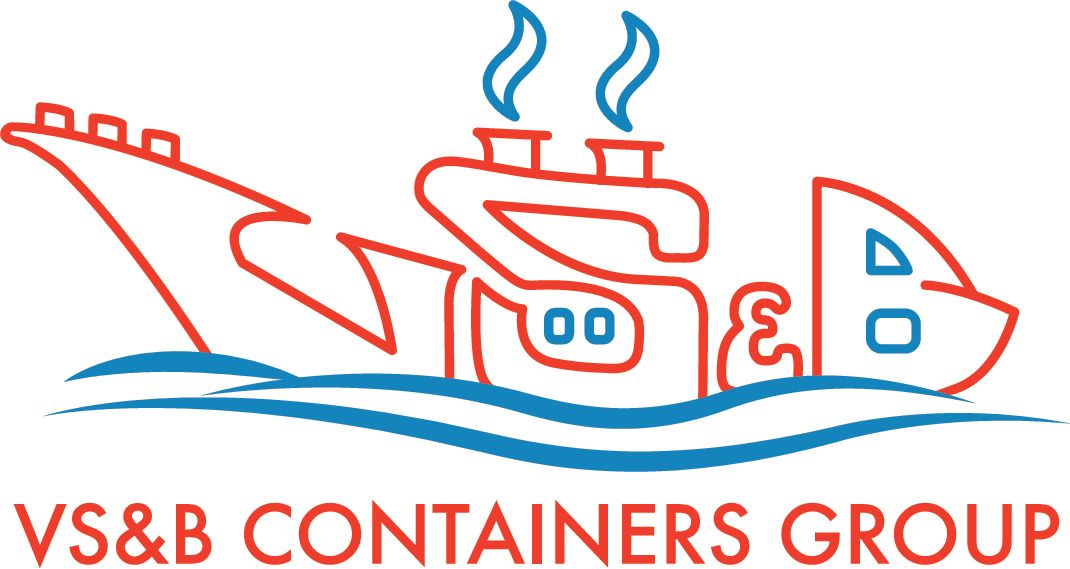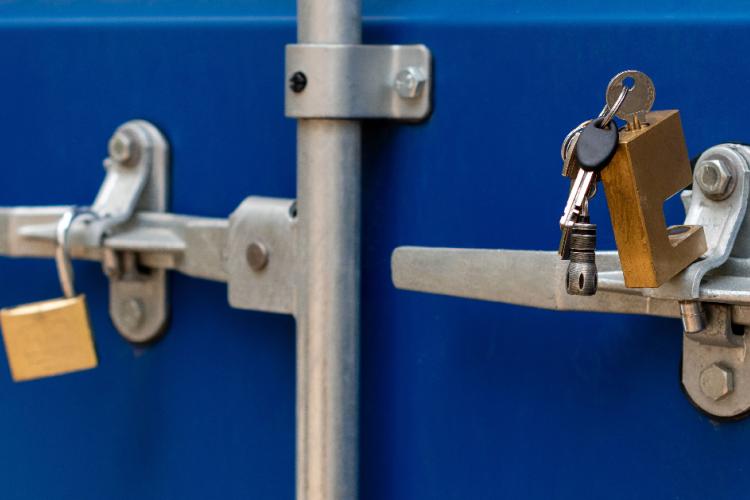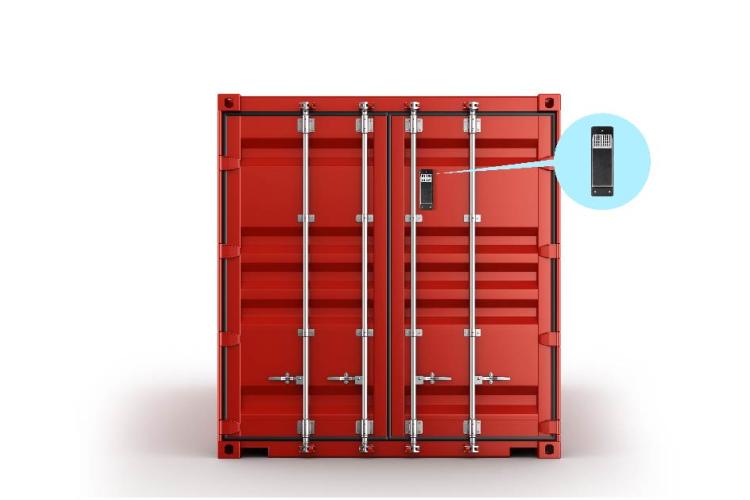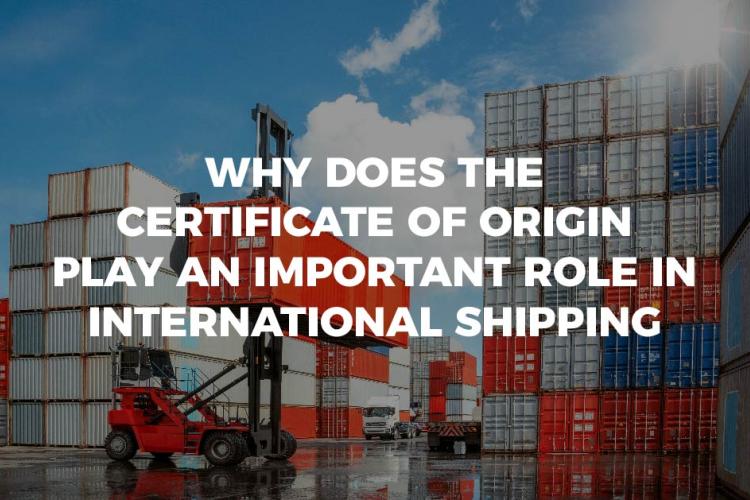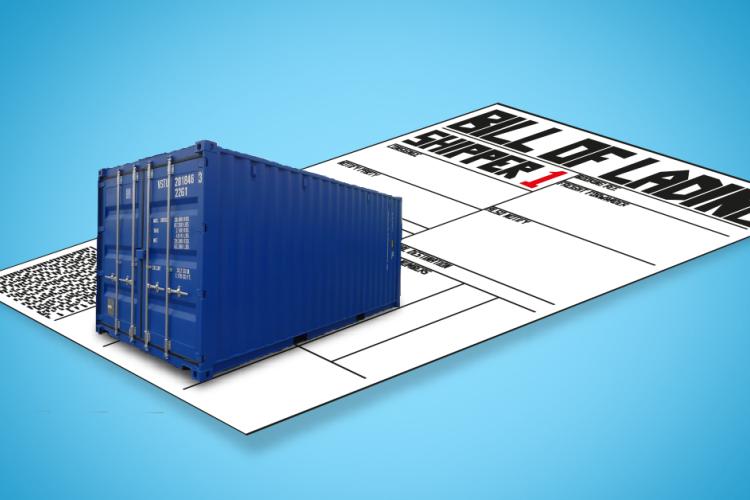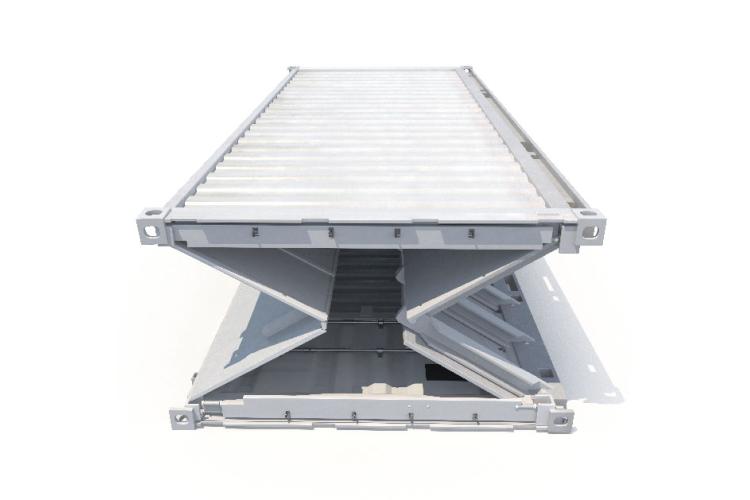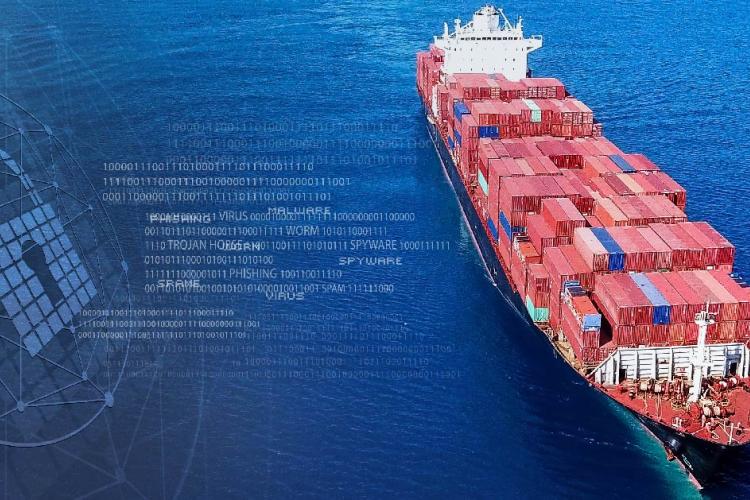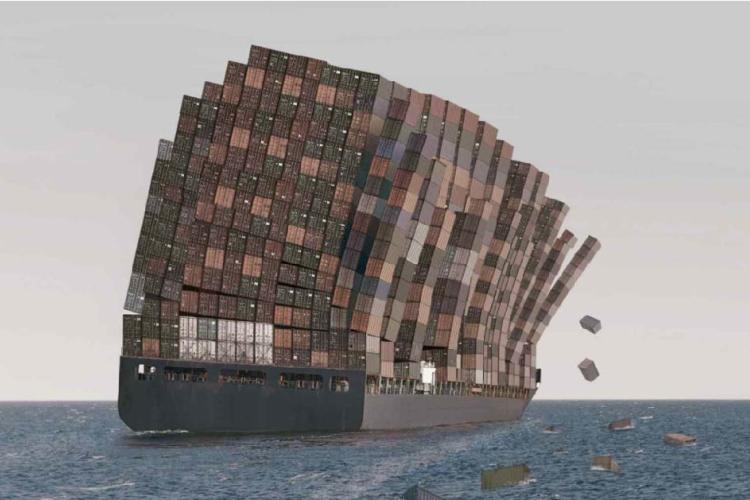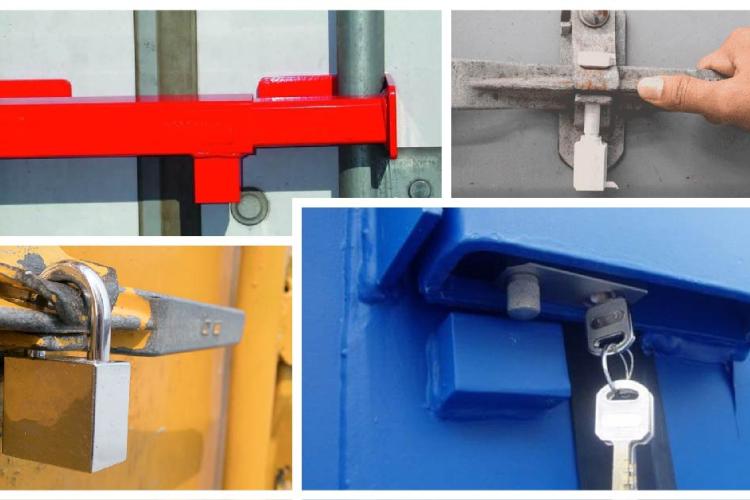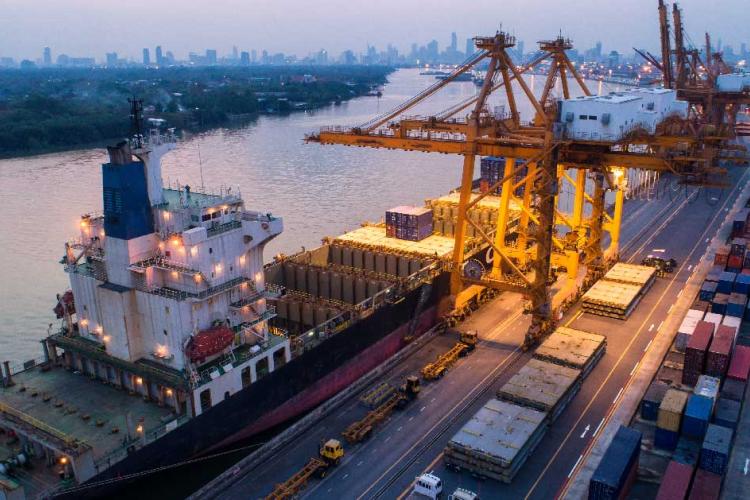Ensuring the safety of goods being transported or stored in container boxes assumes great significance to everybody involved in the supply chain process. In addition to the inbuilt safety mechanisms that keep containers safe from intruders, there are other methods to secure your precious cargo.
17 February 2022
The digital age is pushing all frontiers of success in the business world. Smart shipping containers, which are a result of Internet of Things technology and integration, are becoming a reality now.
10 February 2022
A Certificate of Origin is an essential document used in international trade certifying the country from where the goods being exported have originated. It plays a critical role in ensuring that trade agreements between nations are followed in form and substance.
21 January 2022
The shipping industry is dealing with increasing challenges thrown by various types of security dangers. What is the nature of these threats and how is the industry rising to confront such dangers in the high seas?
30 November 2021
The shipping industry is overwhelmed by increasing costs in repositioning empty containers. What are the viable alternatives by which repositioning costs can be reduced?
29 November 2021
Digitalization of shipping and logistics also brings along growing threats of cyber-attacks on the sector's IT systems. How can the industry deal with such threats squarely and maintain business continuity?
27 November 2021
Precise positioning of containers on board, well-maintained twist locks & lashings together with proactive steps to counter vessel instability arising from sudden and extreme weather can go a long way in reducing the loss of containers in the seas.
12 November 2021
The safety of cargo in containers is often taken for granted, but it is a fact that losses from theft of cargo because of imperfectly secured container doors are a mounting problem. Paying a little more attention and using the right type of container door locks can mitigate the chances of burglaries to a great extent.
2 November 2021
There are time-tested ways to practice higher resilience in the supply chain process and enhance a company's bottom line. Without cutting corners, a business can by-pass unexpected situations and instead concentrate on the core areas of their business.
